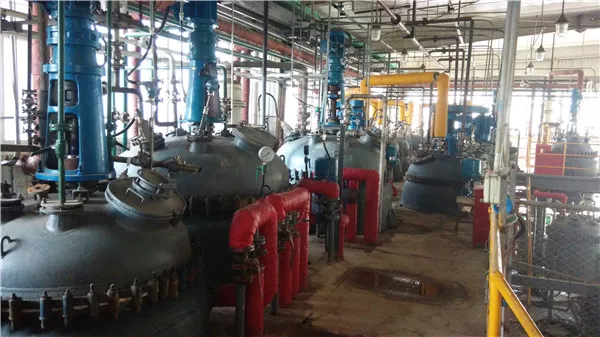Cyanide Removal from Wastewater Methods and Importance
Cyanide is a highly toxic compound commonly found in various industrial wastewater streams, particularly from mining, electroplating, and chemical manufacturing processes. The presence of cyanide in wastewater poses severe environmental and health risks, making its effective removal crucial. This article explores various methods for cyanide removal from wastewater and the importance of addressing this issue.
Cyanide occurs in the form of free cyanide (HCN and CN-) and metal-cyanide complexes in wastewater. Its removal is essential not only for compliance with environmental regulations but also for protecting aquatic life and human health. The World Health Organization (WHO) identifies cyanide as a highly dangerous chemical, capable of causing fatal poisoning. Therefore, industries must adopt efficient methods for its treatment.
Several strategies exist for the removal of cyanide from wastewater. Traditional methods include physical, chemical, and biological processes. Among these, chemical methods are the most widely used due to their efficiency. One of the most common chemical treatments for cyanide removal is oxidative destruction, where cyanide is oxidized to less toxic compounds. Common oxidants include hydrogen peroxide, chlorine, and permanganate. The selection of oxidant depends on factors such as concentration, cost, and desired treatment time.
Another effective chemical method is the use of metal salts, such as ferric chloride or copper sulfate, which can help form insoluble cyanide complexes that can be removed via sedimentation. This approach, however, must be carefully managed to prevent the introduction of harmful metals into the environment.
cyanide removal from wastewater

Physical methods, such as adsorption, rely on materials like activated carbon or zeolites to capture cyanide molecules from wastewater. This method is effective for lower concentrations of cyanide and can be used in combination with other methods for enhanced efficiency.
Biological treatment methods also show promise for cyanide removal. Certain bacteria can metabolize cyanide, converting it into less harmful substances, such as ammonia or carbon dioxide. This biological approach is often considered more environmentally friendly and sustainable, although it may require longer treatment times and more controlled conditions.
The importance of cyanide removal from wastewater cannot be overstated. Given the toxic nature of cyanide, untreated wastewater can lead to significant environmental damage, causing the death of aquatic life and contaminating drinking water sources. Moreover, industries faced with stringent regulations regarding wastewater discharge can incur hefty fines for non-compliance, impacting their operations and profitability.
In conclusion, the effective removal of cyanide from wastewater is a critical issue that necessitates the implementation of various treatment strategies. By understanding the different available methods and their suitability for specific industrial applications, industries can better manage their wastewater, ensuring regulatory compliance while protecting both human health and the environment. The advancement of treatment technologies continues to play a pivotal role in addressing this pressing environmental concern.

